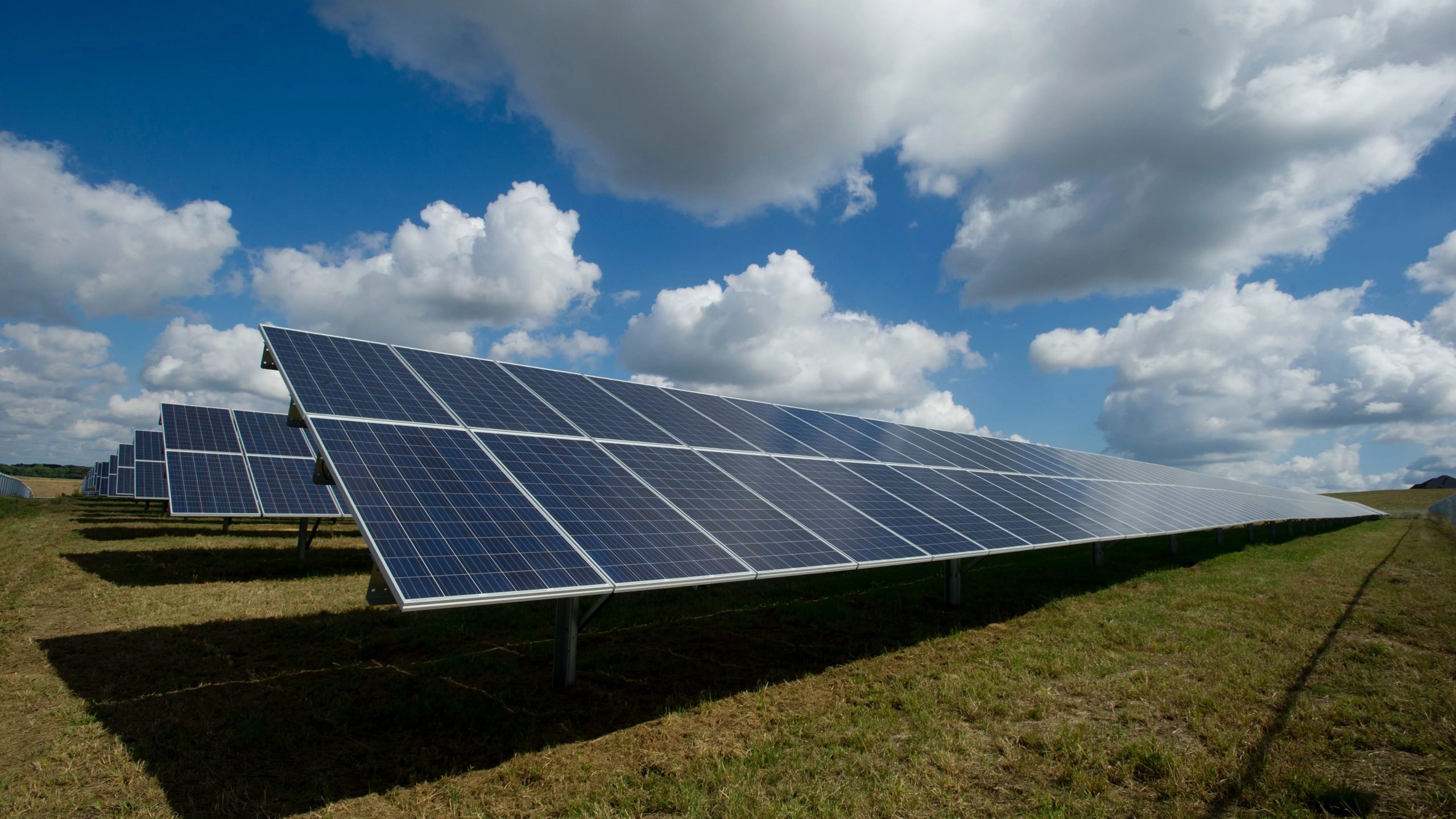In an effort to cut greenhouse gas emissions, Singapore unveiled one of the world’s biggest floating solar power farms on July 15, 2021. The farm spans an area as big as 45 football pitches comprising 122,000 panels on Tengeh Reservoir.
It is most likely one of the biggest projects that can potentially produce enough electricity to charge and run five water treatment plants on the farm. Owing to the land scarcity in Singapore, boosting renewable energy sources becomes a challenge, added to the fact that it is among the biggest per capita carbon dioxide emitters in Asia.
Intending to quadruple solar energy production by 2025, Singapore has decided to resort to establishing plants off its coasts and in reservoirs.
The new farm can produce up to 60 megawatts of electricity and will lead to carbon emissions reductions equivalent to removing 7,000 cars from roads, as per Sembcorp Industries, which built the project over 45 hectares, and national water agency PUB, which has been backing the same.
“Solar energy is plentiful, clean and green, and is key to reducing PUB’s and also Singapore’s carbon footprint,” said the water agency’s chief executive Ng Joo Hee.
Singapore has also built a solar farm in the Johor Strait, which separates the island state from Malaysia, as well as plants on land. Another farm in Johor Strait separates the island state from Malaysia in a bid to reduce greenhouse gas emissions.
February 2020 saw the Singapore government unveil a ‘Green Plan’ that promoted tree plantation, reduction of waste sent to landfills and construction of more charging points to boost electric car usage.
While the island state has pledged to achieve net-zero emissions “as soon as viable” in the second half of the century, critics have a contradictory opinion on the same.
As per the Critics, the city-state’s goals are behind that of other developed economies and not enough to materialise its environmental plans.







